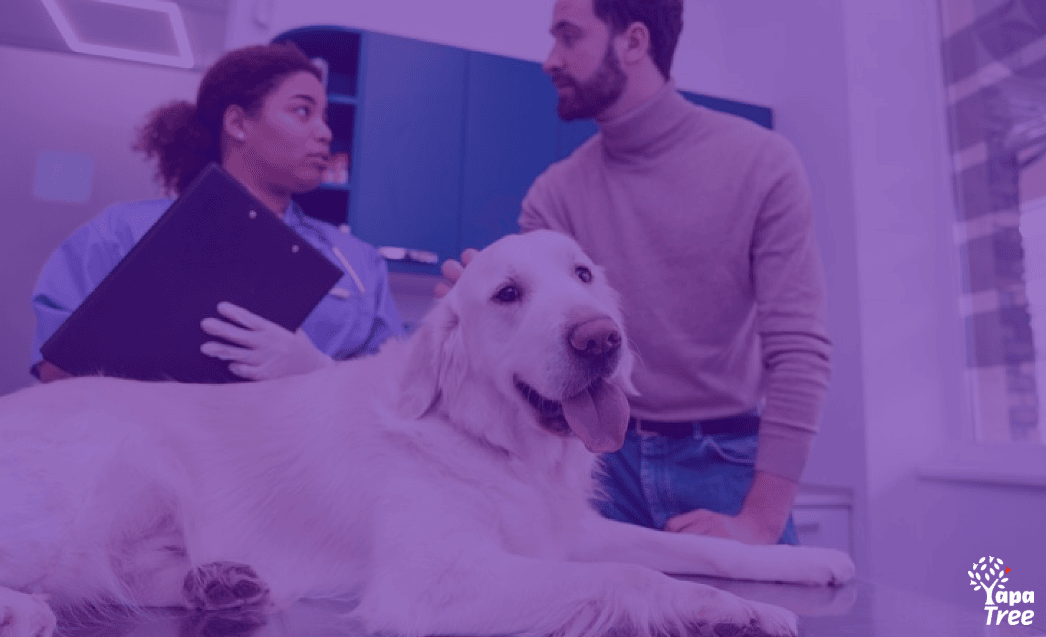Author’s Note
In an amazing coincidence, as I was writing this article, I received a call from my husband saying that he saw a small puppy in a makeshift shelter of a cardboard box sitting outside a retail store on Av. 12 de Abril. I told him of the steps to take as described in the section on “Identifying and caring for dogs who are distressed.” The little pup met several of the characteristics mentioned that indicate a dog is unhoused and uncared for. My husband took the puppy home and we are now fostering her until a proper home can be found for her. If you are interested in meeting this puppy, please contact FAAN via the contact form on the website.
Visitors or newcomers to Cuenca are struck by one of the most obvious differences between life in North American cities versus the streets of South American cities and towns: the number of dogs strolling independently without an owner or guardian in sight.
When one sees such an animal in a US or Canadian city, the immediate thought is that the dog is lost or is homeless.
In Cuenca, that is less likely to be the case. It is very much a part of the culture in Ecuador for dog owners to view their animals as functional or utilitarian – as guard dogs or farm animals, rather than as companions.
Many owners leave their pets outside and unattended during the day and bring them home in the evening where they can guard or provide companionship. Others are “community dogs,” who do not have a specific owner or guardian and are fed and cared for by neighbors. That said, there are dogs in distress who are lost, abandoned, or the result of pregnancy from an unhoused dog.
How does one distinguish between the different circumstances an unattended dog may be in, and how should we react in each situation? We asked Rosemary Rein, Board Secretary of FAAN (Fundación Familia Amor Animal), an organization whose mission is to promote care for animals in need, for suggestions.
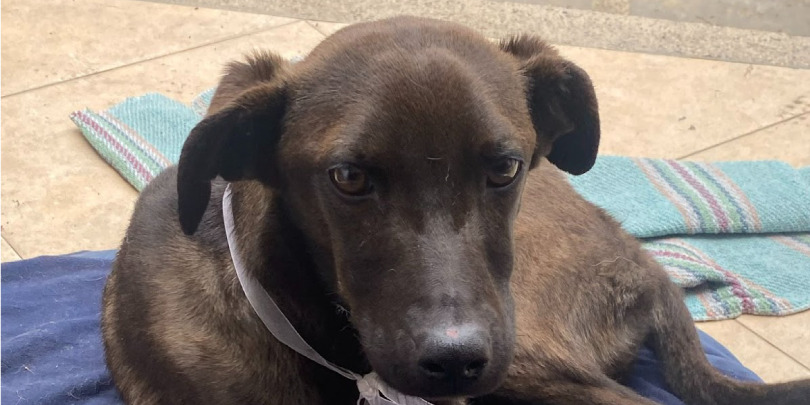
“Perros Vecinos” – Who are Your Neighborhood Dogs and How Should You Interact with Them?
Walking through your neighborhood, particularly if you have a dog of your own, you will notice unleashed dogs moving around. “Wandering” is perhaps not the best word. Often, they seem very purposeful – looking for food or treats for other dogs to play with. Sometimes they will bark at you or your dog and appear to be threatening.
In my experience, generally, they are not dangerous. They are usually wary of humans and will back off if you take a step toward them, though it’s best to keep your distance as much as you can.
I’ve found that it’s better to befriend them than threaten them. Remain calm and throw them a small treat. They may not immediately take it, but over time, if you see the same dogs regularly and greet them with treats, they may become friends and look forward to your treats.
For example, in my neighborhood, there is a group of unleashed dogs that guard a group of chickens. It has taken a year, but these dogs now generally ignore my dog and me when we pass by and one of them accepts our treats.
Rosemary says Cuenca has laws against unleashed dogs, but they are rarely enforced. And while tagging and microchipping of dogs is encouraged, so that one can see if a dog has a home and owner, this practice is not as common as it is in places like the US and Canada.
A dog that one sees regularly in one’s neighborhood that appears to be well-fed and healthy likely has a home nearby. You may want to ask your neighbors if they know who owns the dog. They may very well know the answer and you can be reassured that the dog is not in need.
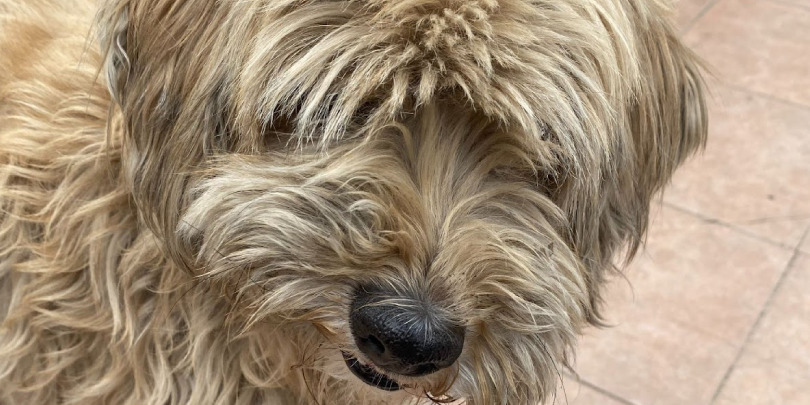
Identifying and Caring for Distressed Dogs
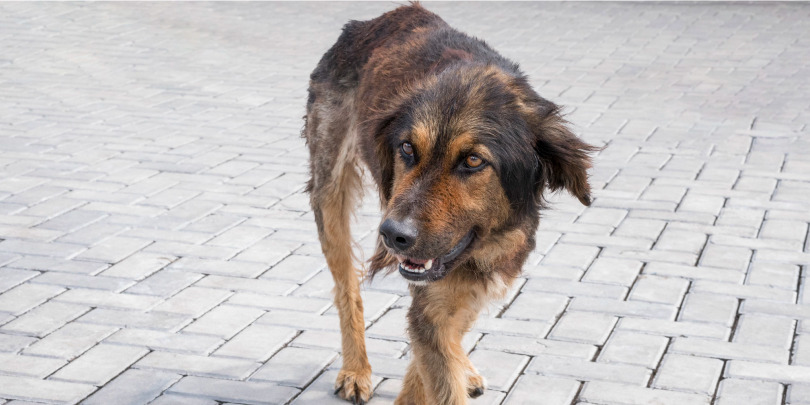
- Assess the situation
Before approaching the animal, assess its behavior from a distance. If the animal seems aggressive, injured, or unapproachable, it’s best to contact local animal control or a wildlife rehabilitator. - Approach them slowly and calmly
If the animal appears friendly and approachable, move slowly and avoid sudden movements or loud noises. Offer a gentle voice and friendly gestures to establish trust. - Food & water
You may offer food and water if the animal seems receptive. This can help build a rapport and make the animal more comfortable with your presence. Be careful not to force the food or water on the animal, as it might be cautious. - Use proper handling techniques
If you need to handle the animal, use appropriate techniques, such as using a blanket or towel as a makeshift carrier. Avoid direct physical contact if you’re unsure about the animal’s temperament. - Check for identification
Look for any identification tags or a collar. If the animal has identification, try to contact the owner. If there’s no identification, consider taking the animal to a local animal shelter or a veterinarian to check for a microchip. - Assess the dog’s condition
Does it appear malnourished or dehydrated? Does it have wounds, skin issues, or bone abnormalities? Is it aggressive or fearful? Any of these can suggest a dog that has been abandoned or lost for days. - Record the location where you found the dog
Take a photo. If possible, take the dog to a vet for an examination. When doing that, you might tell the vet you are not the owner and ask if they can examine the dog at a discounted rate. - Contact animal services
If you’re unable to handle the animal or if it requires medical attention, contact your local animal control or a nearby animal rescue organization like FAAN. - Find shelter
Provide temporary shelter, if you’re able to, such as a warm and safe spot, until you can reach out to the appropriate authorities. However, be sure to consider your safety and the safety of others in the process - Spread the word
Go to a Facebook group like Perros Perdidos Cuenca EC or others listed below and look to see if anyone has posted a photo of the dog as their lost dog. If not, post a picture of the dog and the place and date where it was found. - Get help if needed
If you can’t foster the dog yourself, contact FAAN or one of the organizations listed below to find a temporary foster home for the dog while you look for its owner (if it is lost) or while it is placed for adoption. FAAN may advertise the dog in YapaTree’s pet adoption section.
As a final note, if you see a dog chained at a property in some form of distress without water, or food, please act. This treatment is against animal welfare laws. A polite but strong discussion of concern with the owner is the first step.
At FAAN when we have these discussions, we often provide the family with a small supply of food, noting our serious concern and any potential problem-solving like a fenced-in area or the purchase of a dog house for shelter.
If your Spanish is not the best, you may leave a translated note. If that doesn’t work, reporting the abuse to the Comision de Gestion Ambiental (CGA), located at the botanical gardens in the administrative buildings is key. Bring your documentation and a copy of your cedula or passport.
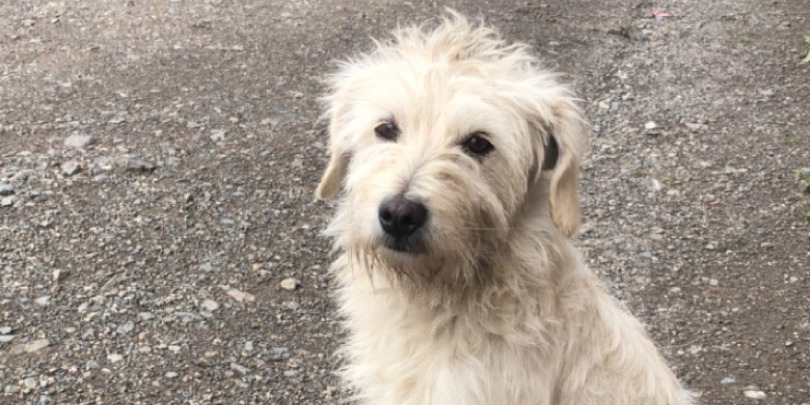
Resources for Shelter, Medical Care, and Adoption
Rosemary explains, “A dog’s chances of adoption are much better in a community setting rather than in a shelter. Cuenca’s shelters are all at capacity, and our shelter seeks to provide care and protection primarily for the most vulnerable animals. We house 125 such dogs at our shelter in Tarqui, we also have 25 dogs placed in foster care.”
Beyond addressing the needs of animals in immediate crisis, FAAN is active in implementing sustainable solutions to reduce the population of homeless animals and to improve their overall well-being.
Rosemary continues, “First among them is spaying and neutering to reduce the number of unwanted animal births. Cuenca has made some great strides in this goal by opening its first public animal hospital.”
The Hospital Municipal de la Mascota, in the Jefferson Perez Coliseo complex at the intersection of Av. 12 de Abril and Av. Unidad Nacionale opened its doors this past August 24. The hospital will provide sterilizations and consultations free of charge until the end of 2023 and after that will charge via a sliding scale according to need and ability to pay. Hours are 8 am to 4 pm Monday through Friday. The hospital building is next to the Olympic pool.
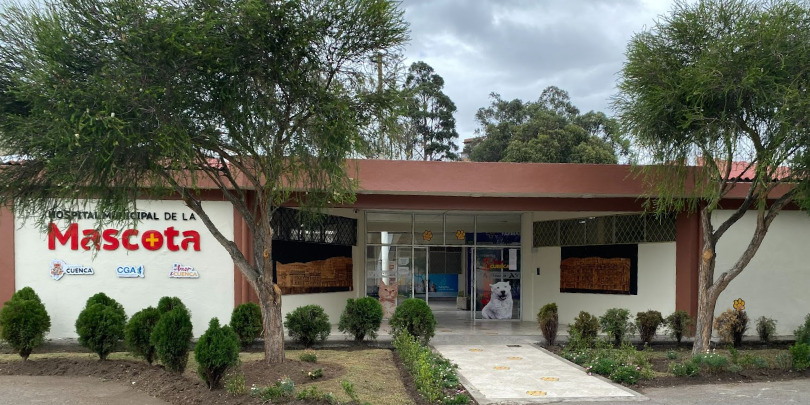
“Next is to promote adoption. We hold adoption events throughout the year, and we are working on an exciting new program that we believe will make adopting ‘cool’,” Rosemary continues.
“Recognizing the love Cuencanos have for their football team, we are planning a program in which players of the professional Cuenca Futbol Club will sponsor an animal available for adoption, and people considering adoption will be able to meet the players sponsoring the animals.”
FAAN has a strong educational program with materials available to promote responsible pet ownership.
A Cision for Cuenca as a Caring Community for Animals
Rosemary describes FAAN’s vision of Cuenca as a community with a healthy and happy animal population.
“For Cuenca to be a world-class city, deserving of its UNESCO World Heritage Site designation, we believe Cuenca must also be known as a city that cares for its animal population.
We can do this through compassionate and responsible care for the animals that are housed and part of our own family and neighborhood, by reaching out to animals that are truly in distress, by promoting responsible reproduction to reduce the number of unwanted animals, and by promoting the adoption of animals needing homes.”
Wrapping Up
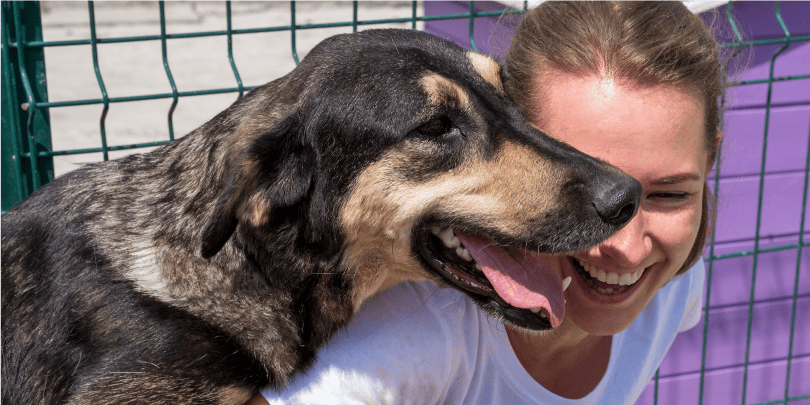
As I conclude our exploration into Cuenca’s canine issues, remember that each interaction shapes the city’s compassionate identity. Join hands with organizations like the animal hospital and FAAN that extend caring arms to the furry companions that call Cuenca home. After all, a city that cherishes its animals is a city that flourishes in heart and soul.
Currently, looking to adopt? View pet adoptions on YapaTree and/or reach out to FAAN. You can also view this article about pet adoptions.
Resources
Navigate through a treasure trove of resources aimed at creating a pet-friendly Cuenca:
FAAN
- Website www.FAANEcuador.org
- Facebook page: https://www.facebook.com/familiaamoranimal
- Facebook group: – https://www.facebook.com/groups/736258083116570/
- Instagram – @faancuenca
Perros Perdidos
- Facebook group: https://www.facebook.com/groups/178775378837888
Hospital Municipal de la Mascota
- Located in Jefferson Perez Coliseo Complex, open 8AM – 4 PM daily.
- Phone 413 4900, ext. 1500.
- Comisión de Gestión Ambiental (Envornmental Management Commission).
Mascotas y Animales
- Facebook group: https://www.facebook.com/groups/525951237455568
Mascotas Cuenca
- Facebook group: https://www.facebook.com/groups/418798471524376
ARCA
- Facebook group: https://www.facebook.com/groups/FundacionProtectoraArca/

